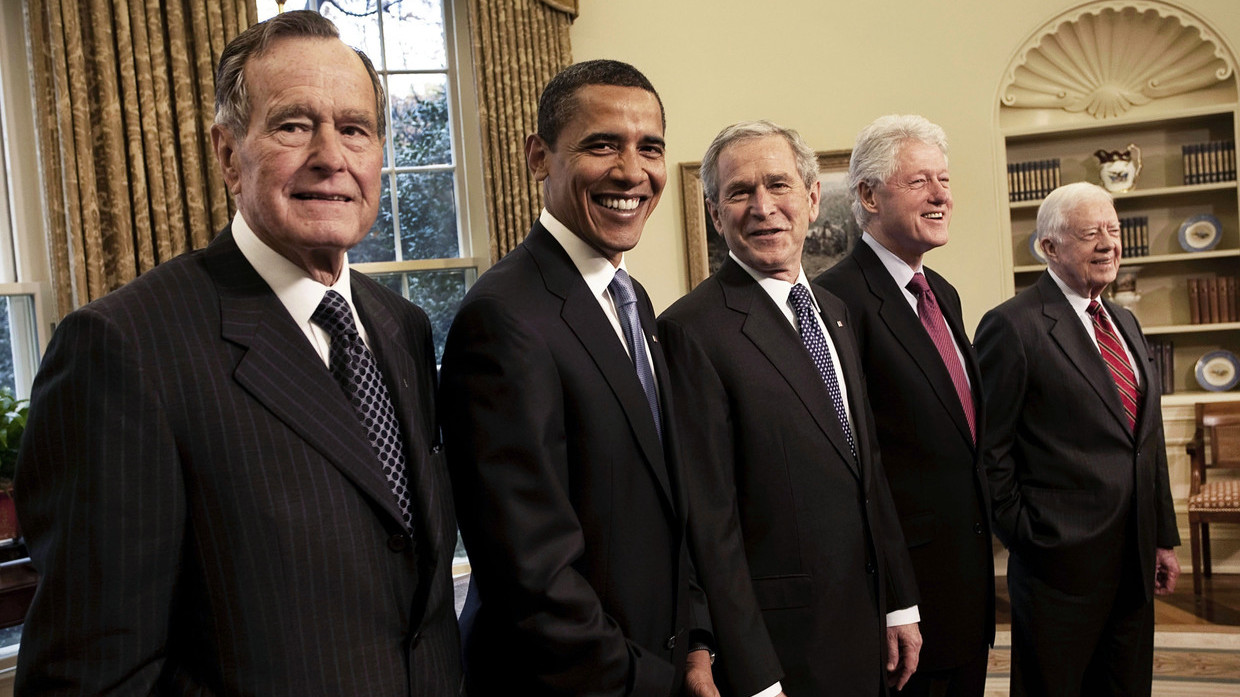The wars in Ukraine and in Gaza are very different; yet, they are definitely linked as two flashing indicators of how the change in the world order is proceeding. Regrettably but unsurprisingly, the relatively peaceful previous power transition that followed the end of the Cold War is unlikely to be repeated. The slow end of the American Century is already being marked by hostilities and tensions involving some of the major powers. With more likely to come.
The ongoing conflicts in Eastern Europe and the Middle East have the same root cause. Essentially, the self-proclaimed victors in the Cold War – above all, the United States of America – have singularly failed in creating a lasting international equilibrium to succeed the post-WWII bipolar setup. Moreover, the innate arrogance of its elites, their complete disregard for the interests of others and unlimited self-righteousness have gradually undermined their own once unchallenged position of power and dispelled a lot of respect and goodwill that many other countries initially had for them.
In Ukraine, the geopolitically and geo-economically sound idea of a militarily neutral country enjoying the trade, investment, and logistical benefits of its position between Russia and the European Union was dismissed by Washington as “giving the Kremlin a veto right” over its neighbor’s security status. Instead, NATO’s unrestrained expansion was upheld as almost a sacred principle. This led to an outcome that many had predicted: Moscow’s pushback.
Rather than reaching for a compromise settlement via the Minsk accords, the West and its Ukrainian protégés used diplomacy as a foil to win time to better arm and train Kiev’s army. Russia’s security demands were largely dismissed, and its humanitarian concerns were ridiculed. Moscow’s warning in the form of a display of military power along Ukraine’s border did not impress Washington either. Americans had probably calculated that by entering Ukraine in force Russia would walk into a trap, opening a chance for the coveted regime change in the Kremlin.
Things did not exactly turn out that way. Russia did not collapse under the weight of a dozen packages of Western “sanctions from hell,” and its military has recovered after initial setbacks. Western military and financial assistance to Kiev, unprecedented in living memory either in scale or scope, has been unable to lead Ukraine, the vaunted tip of the spear for the West, to victory over Russia. Just the opposite: a specter of disaster is now looming over the country and its masters in Washington. Looking ahead, Russia’s resources are vastly superior to Ukraine’s, and the Russian leadership’s political will as well as the popular support it enjoys at home look much stronger than what the current US administration can muster.
With regard to Palestine, the US took conflict settlement into its own hands, sidelining the other three members of the defunct Middle East Quartet: Russia, the European Union, and the United Nations. As a result, the two-state solution to the Israeli-Arab conflict was de facto put on ice. In its place, Washington focused on economic handouts to the Palestinian Arabs who in return were expected to keep quiet and forget their claim to statehood. More recently, the US also worked to get the Arab states to engage diplomatically and commercially with Israel. The obvious purpose of this endeavor was to make the Palestinian issue, long the centerpiece of the regional conflict, virtually irrelevant, and eventually send it to oblivion.
Thus, instead of bolstering the Palestinian Authority (PA) and helping it become a real government in the State of Palestine, the US, alongside with Israel, sought to benefit from a split among the Palestinians. To them, Hamas’ rule in Gaza in opposition to the PA in Ramallah, was a de facto guarantee that the two-state solution was dead. For some time, it looked as if this was working. Even in late September, US National Security Advisor Jake Sullivan pronounced the Middle East more quiet that it had been for two decades. Within about a week, however, Hamas delivered its mega-terrorist attack against Israel, prompting a massive and ruthless response.
So far, the conflict has mostly centered on Israel and Gaza, with the West Bank and the Lebanese border experiencing lower levels of violence. It has the potential, however, to spread beyond the immediate neighborhood, and involve Iran, another country that the US has not been able to come to terms with over the past four-plus decades. Biden's government is probably not itching now for an attack against Iran. However, its knee-jerk reaction to the Israel-Hamas conflict by sending two aircraft carrier groups as well as a nuclear-armed Ohio-class submarine to the region was meant as a clear threat to Tehran. For their part, various pro-Iranian elements, in Iraq and Yemen, have already targeted American bases and Israeli assets in the region.
The two wars have not only exposed the limits of US power and influence in the world’s key regions, but the glaring deficit of statesmanship. They have also laid bare the hypocrisy of American and West European foreign policy and their mainstream media's propaganda. The vastly different treatment of the Russian and Israeli, Ukrainian and Hamas actions in the parallel running conflicts has not been lost on anyone following the news. The moral authority of the US-led West is crumbling just as its power dominance is waning.
Apart from the wars in Europe and the Middle East, a third hotbed of tension is simmering in East Asia. For decades, the US has been juggling its formal acceptance of the One China principle, and its practical support for Taiwan. The latter included political backing, advance weapons sales and military maneuvering around the island. Given China’s determination to eventually reunify it with the mainland, and Taiwan’s drift toward formal independence, this juggling act appears unsustainable in the long, or even the medium term. Should this happen – and there is a non-trivial chance that it might, – this third war could lead to a direct clash between America and China.
Thirty years ago, at the end of the Cold War, the US, as the world’s principal power, had an opportunity to begin building a multipolar world in which it would secure the role of a balancer and moderator. There was even a historical precedent for such a course. President Franklin D. Roosevelt’s blueprint for the UN was headed precisely in that direction. In 1991, the situation was uniquely propitious for that – much more so than in 1945. Russia, having just shaken off communism, was dreaming of integration into Western institutions and councils. China was busy building capitalism and focusing on itself. The Oslo accords sent a ray of hope that the Middle East could be reformed on a platform of peace.
Sadly, America’s political class chose instead to celebrate its victory in the Cold War, and then indulge itself in unipolarity, indispensability, and exclusivity. Our wars of today are the price people in various parts of the world have to pay for Washington’s dereliction of its duty as the architect of a world order. Never before in the history of the world has so much depended on a single power. But that power failed them all.



